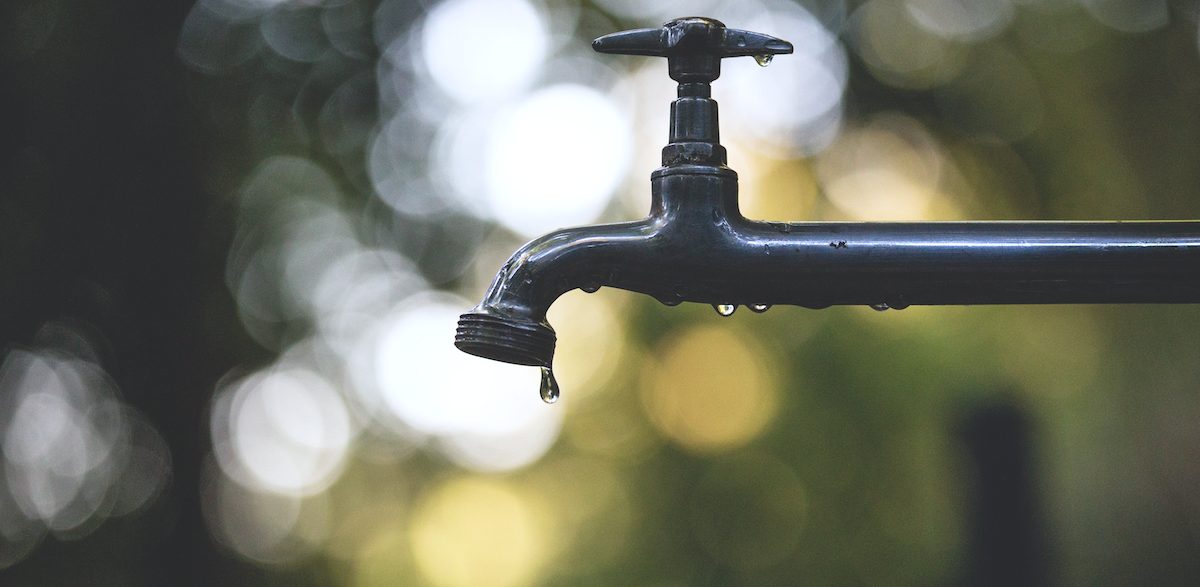When public service delivery – from water and sanitation to healthcare, power and security – fails around the world, life goes on. People do not put their needs or lives on hold because service delivery failed, they innovate or improvise. Affected populations come up with their own solutions. Over time, these local solutions get very good at meeting needs. The longer the formal channels of service delivery remain ineffective, the better honed and more integrated local solutions become.
When we design (technical) solutions we tend to forget that. Our temptation is to replace the local solutions with our own shiny, ‘world-class’ or ‘best-practice’ solution. However, we typically find that it is hard to build over local solutions.
For example, to combat infant and maternal mortality, more primary health care centers were deployed across Nigeria. However, traditional birth attendants continued to have a successful run. Slowly, implementers started thinking of programmatic tweaks that would integrate the traditional birth attendants, rather than replace them. It has not always been smooth going, but it has been worthwhile.
Design with existing solutions
Regardless of who seeks to do the building — civic technologists, civil society organisations, governments and development organisations — local solutions need to be recognized as an entrypoint to the process of design. Since there is no one-size-fits all approach, this approach can serve as a guiding thought. Whether the tactic being pursued is policy, infrastructure, advocacy or technology, we risk undermining chances of success and impact if we miss the entrypoint.
Thinking about local solutions early on in the design process can make a big difference in the final outcome of the project. As you start, remember that when public service delivery was absent, affected populations still formulated working alternatives. For impactful solutions, consider identifying and building on these solutions. It may be hard to build on them, but it is even harder to override them.
Understanding service delivery in Freetown
Through our Matchbox program we partnered with Code for Sierra Leone to navigate the murky waters of identifying local solutions meeting water service delivery needs in Freetown. Our goal was to figure out how technology could be most useful to build upon these local solutions.
In June 2017, I travelled to Freetown for the first time, to meet with Code for Sierra Leone. Water was not freely available. Not only did you have to worry about payment, but you also faced barriers to availability, and dubious claims of cleanliness. Like all of the other two million inhabitants of Freetown, I met my daily basic water needs one way or another. But I never escaped the glaring water service delivery failures. What often goes on undetected are the myriad ways in which people currently meet their needs in the face of these failures.
Code for Sierra Leone were well-positioned to identify and build on local solutions. Even so, neither identifying nor building on local solutions is a walk in the park. Design research techniques helped us identify and understand the local solutions that could be built upon. Together, we spent several days on desk research, contextual inquiry with 28 respondents, and synthesis sessions with resident researchers. Ultimately, we pinpointed many of the ways in which residents were overcoming the failure of water delivery. (Take a look at a detailed account of these ways, and the process we took to finding them, in this blog post by Usman Khaliq, Country Manager for Code for Sierra Leone).
What we found
Water in Sierra Leone is a complicated issue. On one hand, availability is high. The country is surrounded by a significant water mass, has high rainfall and boasts strong infrastructure, including dams. On the other hand, access is markedly low. In the capital city of Freetown, water is a scarce commodity, and the situation is worse in rural areas. The official channels for meeting these needs, government agencies, have a long history of failure and neglect.
Effectively, there are no reliable public water services. There are, however, three unofficial channels that serve as working alternatives:
- Public taps by well-meaning organisations and individuals
- Sachet and bottled water companies
- Local water delivery service using jerrycans
Our experience in identifying the best technology to adopt demonstrated that the most valuable contributions to improving governance and public service delivery are the ones that foster collaboration and engagement.
In order to begin addressing the public sector failure to provide water services, it’s crucial that we – and other water and sanitation actors in Sierra Leone – collaborate and build on current alternatives. You can read about potential technology-driven ideas for building upon in Usman’s blog. If you find them interesting, please get in touch with us!

